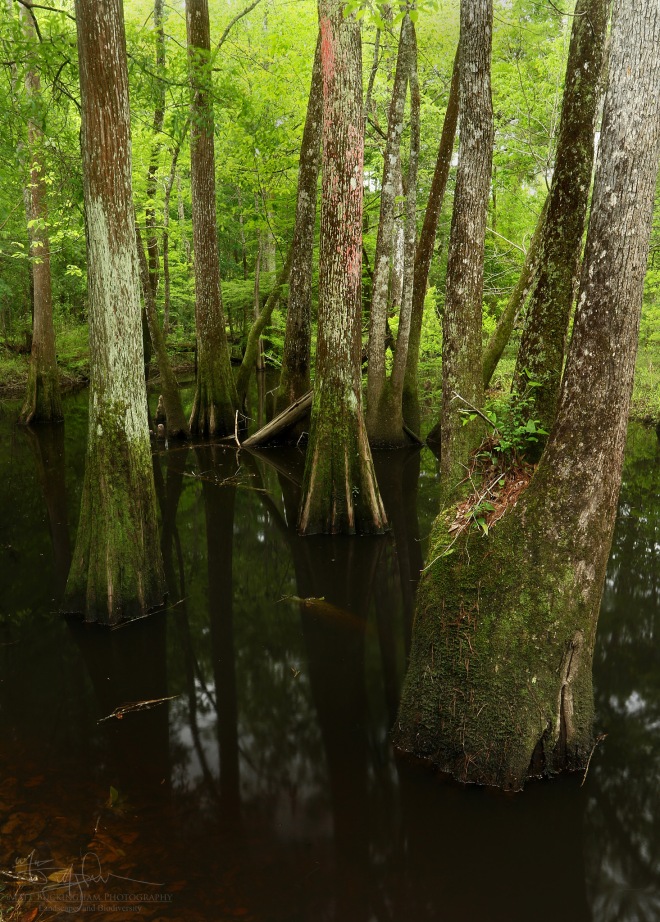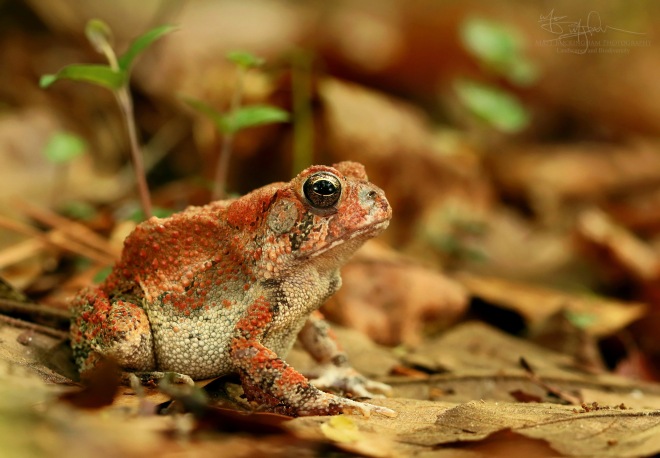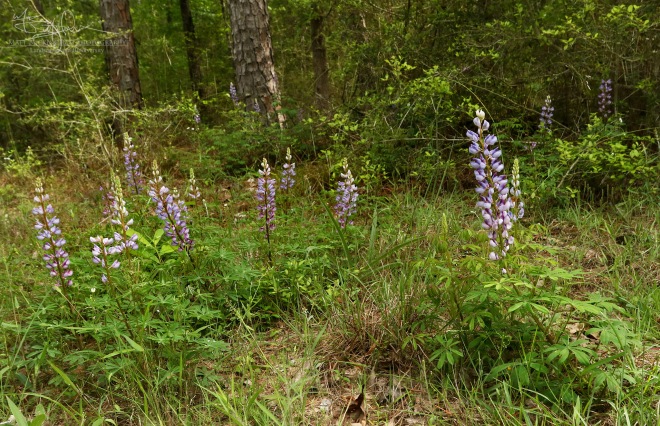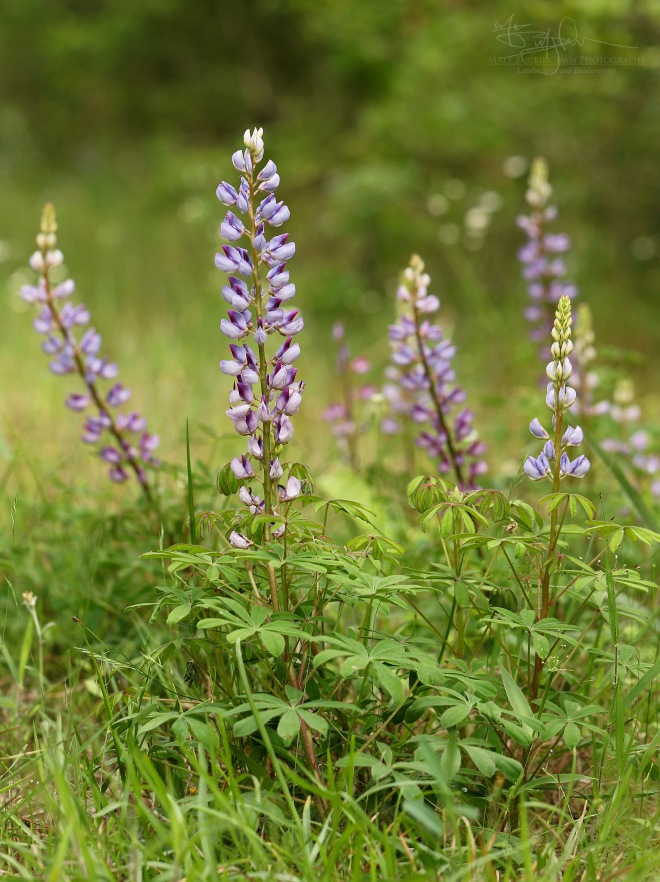
Cypress – Tupelo Swamp
We are living in strange times. An invisible invader has infiltrated our society and changed our way of life. For many the results have been devastating – closed businesses, lost jobs, financial ruin, or in the most unfortunate of cases loss of life and loved ones. So far Carolina and I have been very fortunate. We continue to work from home and bought a large stash of toilet paper just before the pandemic hit.
I also consider myself very lucky that the things I love to do have been relatively unaffected. Stores and bars, sports fields, and event halls have closed down, leaving many to go stir crazy confined to their homes. Most natural places, however, have remained open in some capacity, and a visit to the more remote of these is by its very nature social distancing.
A couple of weeks ago Caro and I set out to the Big Thicket and embarked on a long day hike to see what spring scenes might await us. Aside from a couple of fishermen sat, legs dangling off a bridge on drive to the trailhead, we saw not another soul in the woods. The trail began in a floodplain and gradually rose to a low ridge. From this higher position we could see where stream scarred the land as it changed its course over millennia. In these old clay-bottomed oxbow scars, swampy forests of towering Baldcypress (Taxodium distichum) and Water Tupelo (Nyssa aquatica) formed.
While discussing the formation of oxbows with Caro, she taught me something new. I had never given much thought to how these old stream bottom remnants got their names. Caro informed me that oxbows were named for a u-shaped collar that was placed around the necks of oxen so that they may pull a plough or other heavy load. Oxbow lakes and sloughs often form in a similar shape as an old stream bend or meander is cut off and the main channel migrates, leaving an empty u-shaped scar to be filled with soil, organic material, water from precipitation, and in the case of these swamps, towering timber. When dominated by Baldcypress and Water Tupelo, these interesting habitats are often referred to as cypress-tupelo swamps.

Cypress – Tupelo Swamp
The dark, tannin-stained waters in these swamps are home to a variety of plant and animal species. We saw a number of Broad-banded Watersnakes cutting through the water, leaving the tiniest of snake wakes. I imagined that a big ‘ol Alligator Snapping Turtle might be in the deeper reaches of one of these swamps. A different swamp denizen soon greeted us, however, and as their tiny probosces pierced our skin and drew our blood, we quickly retreated back to the trail on the ridge.
The trail cut through a variety of forest types, including moist, rich woods, and dry sandy uplands. Blooms were generally scarce, but we did see a few spring wildflowers showing off in the shade. The White Milkweed (Asclepias variegata) was just coming into bloom. Also known as the Redring Milkweed, this is one of my favorite local species of milkweed.

White Milkweed
A bit further down the trail I spotted an unassuming little wildflower on the forest floor. Despite the humble nature of its blooms, I was excited to find it, for it was a species seldom seen in this part of the country: the Meadow Parsnip (Thaspium trifoliatum). This member of the carrot family is scarce in Texas, where it can be found in scattered populations in the southeast portion of the state.

Meadow Parsnip
Further still, and Caro spotted a red toad hopping away from the trail. Due to its regal appearance and nature, we named this handsome amphibian Rudolfo the Red, Duke of the Big Thicket. The identity of these East Texas toads is controversial and mysterious. It is a variable group, and individuals seem to be in some ways intermediate between Bufo woodhousii (Woodhouse’s Toad) and Bufo fowleri (Fowler’s Toad). They were at one time considered to be Bufo woodhousii, but it was later postulated that they were in fact a unique species endemic to the West Gulf Coastal Plain of East Texas and western Louisiana: Bufo velatus – the East Texas Toad. More recent works have put them with the eastern species Bufo fowleri. It seems there is still some debate and uncertainty as to where, taxonomically speaking, they should be placed. No matter what their name, they are beautiful, charming creatures.

Rudolfo the Red
A few miles into our hike, we finally reached our intended destination: one of only a handful of populations of Wild Blue Lupine (Lupinus perennis) left in Texas. Here they grow in a sandy upland, where pockets of deep sand exist in close proximity to more fertile, loamy soils. These lovely lupines are peripheral here in Texas, and were likely never common. Like so many other species, they suffered heavily in the face of development and land use change.

Wild Blue Lupines
Lupinus perennis was one of my 2017 biodiversity targets, and I found, photographed, and featured it in my blog that year. They are a beautiful, special part of our state’s natural heritage, and while I take comfort that this population is on protected land. I can only hope that they continue to brighten the Big Thicket for many generations to come.

Wild Blue Lupines
In all we would hike close to 7 miles that day. In addition to the relentless swarms of mosquitoes and previously mentioned herptiles, we saw a Tan Racer, Eastern Coachwhip, and dueling Hooded Warblers. It was a fine day spent in the woods, and a great way to brighten the generally bleak state of affairs as of late – reminding us that life continues on, and that there is a light at the end of the tunnel.

The white milkweed is startlingly decorative. It reminds me of fine bone china.
LikeLiked by 1 person
They really do look like they’re etched out of ivory!
LikeLiked by 1 person
Just like your previous commenter, I just love your Milkweed image. It is perfect in every respect! Thanks for sharing it with us. I look forward to your next adventure with Caro.
Be safe, —Jim
http://www.jfowlerphotography.com
LikeLiked by 1 person
Thanks so much for sharing your trips with us. I especially like the scientific data that you provide also. You are a talented writer and photographer!
LikeLiked by 1 person
A favorite part of the world for me! Thanks for this posting. I especially enjoyed seeing two flower species I have not yet found: the milkweed and the lupine.
LikeLiked by 1 person
Your post was just the encouragement I needed to visit east Texas. I’d assumed there would be few other visitors at the Watson preserve, but on Sunday I found myself completely alone for the entire day: ‘social distancing’ at its finest. While many of the plants were familiar, I was surprised to find ladies’ tresses orchids. Now, I need to begin re-learning how to photograph in deep shade!
LikeLiked by 1 person
I need to visit Watson soon, I heard it’s looking great this year!
LikeLiked by 1 person
I like the eccentric (literally off-center) placement of the milkweed.
Lupinus argenteus, Lupinus concinnus, and Lupinus perennis barely appear in Texas.
LikeLiked by 1 person
I really need to head further east again soon. It has been on my agenda for months but of course halted to stay closer to home. We did manage to get as far as Trinity NWR and ran into your fellow swamp dwellers with proboscises…unfortunately a lot of trails were flooded due to recent rain. Hopefully we’ll head further east soon. It makes for a long day when you don’t want to hotel it for a night. Lovely images as always!
LikeLiked by 1 person